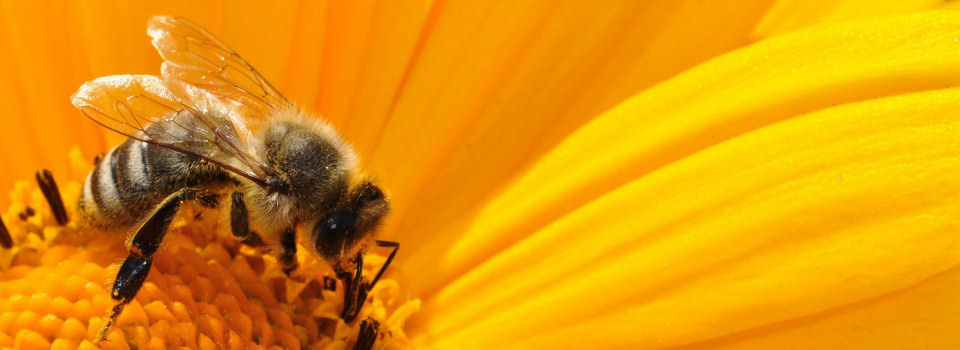Although on the surface it looked as if all 10 hives had survived the winter, the first spring inspections revealed otherwise. Two were queenless and two had drone-laying queens. The fifth was so weak it really didn’t deserve to survive.
Result; I have lost half my stock. Only once before in over 40 years have I ever lost colonies in the winter.
What was strange was that queenless hives 5 and 6 continued to forage keenly bringing in both nectar and pollen. The latter is said to indicate a colony being queen-right. Test frames of eggs from another colony were inserted into both. Had they no source of queen pheromones they would have immediately started to draw out emergency queen cells. No such cells were developed which was a weird phenomenon. The colonies continued to dwindle as no eggs were being laid.
They had to be united with another colony but a normal unite wouldn’t work as they thought they already had a queen. Their population was used to supplement the abysmally small, but queenright hive 2. Bit by bit they were moved closer together until they could be shaken out in front of 2. First I caged the queen in hive 2 just as a precaution and shook out the smaller colony and took their hive right away. A few days later I then did the same with the larger. The result is that hive 2 now has sufficient bees to care for brood and the queen is merrily laying away. By the beginning of May they should be large enough to take a super.
The rape came on flower and the first supers have gone onto the five healthy hives. This is where the excitement starts to build and we see the distinct difference between colonies. By the last week of April, hive 3 has three supers and hive 4 is still on its first.
The month has been gloriously sunny and as I gardened each day, the air was full of the gentle hum of the girls hard at work in the greengage branches and down at ground level on the wallflowers.
Of course, continual sunshine meant that the nectar dried up and by week four they were getting a little cross. A solid day’s rain in the last week has hopefully corrected the situation.
However, only half the usual number of bees means half the usual amount of honey so they’ll have to work twice as hard. Maybe the lack of air pollution due to CV lockdown will give them extra impetus.
To those I promised bees this spring, don’t hold your breath.




